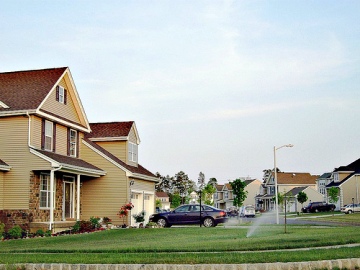EDITOR’S NOTE: This week I had a chance to work with author Mary Sojourner on an upcoming story for BETA Magazine.
As we talked about the setting, there was this irony in that where the characters traveled (a sandstone canyon near Flagstaff) no longer existed.
